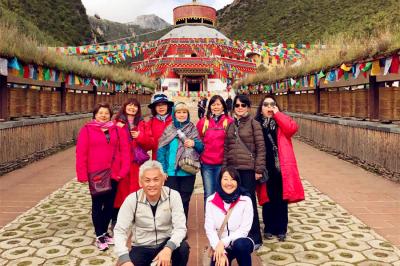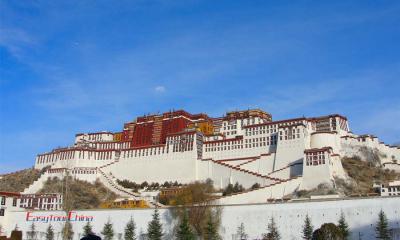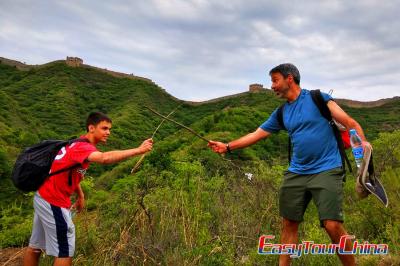Terra Cotta Warriors and Horses Museum
Terracotta Warriors and Horses – one of the 8th Wonders of the World, a landmark of Xian City, is the must-visit attraction for all travelers to China. It is a magnificent collection of terracotta sculptures reproducing the glory of the armies of Qin Shi Huang (the first Emperor of China).

The Construction History of Terracotta Warriors and Horses Site
According to historical records, Qin Shi Huang – Ying Zheng was terrified of the vanquished ghosts waiting for their revenge in the afterlife, and he also expected his rule to continue in death as it had in life. So Qin Shi Huang started spending countless manpower, material and financial resources to build this grand mausoleum since his accession to the throne at the age of 13. Nearly 720,000 labors were involved in the project. The whole construction took 38 years, even Qin Shi Huang himself could not see its completion, and after his death, the second Emperor of the Qin Dynasty – Hu Hai continued the building for over a year.
The life-size terracotta army in this underground palace has silently guarded the mausoleum for over 2000 years. And so to speak, it is the epitome and peak of using terracotta warriors and horses to replace the living burying with the dead together.
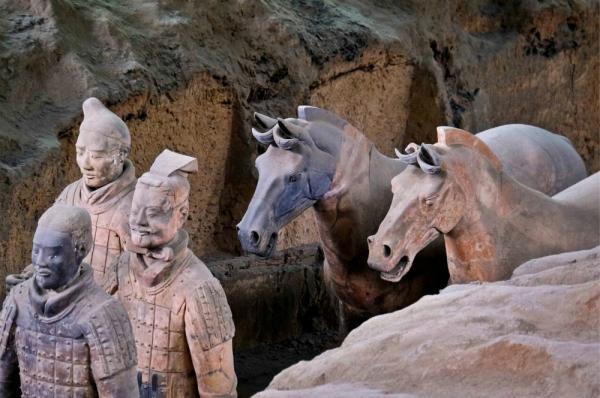
The Discovery History of Terracotta Warriors and Horses Site
Discovered in 1974, Xian Terracotta Warriors and Horses Site is one of the most important archaeological finds in the 20th century. First chamber was discovered accidentally when 9 local farmers drilled a well for water.
What to See
Pit 1
The excavations kept going since then. The first pit was finished in 1974, which is built with earth and timber, measuring 210 meters long, 60 meters wide and 4.6 to 6.5 meters high, larger than a football field, containing more than 6,000 pottery figures.
The life-sized warriors were dressed and appeared ready for battle with their spears and various other weapons. Each warrior with a height of 1.8 meters wears an army uniform, which distinguishes the soldier's ranks. Three rows of seventy warriors each make up the vanguard. They are followed the main body of the army, 38 rows of troops. The terracotta figures of warriors and horses are well modeled and proportioned. The heads and hands were modeled separately and then attached.
Each warrior has different features and facial expression. No two are the same. Uniformly strong and firm in appearance, they vary in individual aspects according to age, experience and social status. Some warriors have brows knitted and mouths set like veteran fighters with rich experience and wisdom. Others have eyebrows arched and show the fiery boldness and impetuosity of young warriors. They are also those with sternly fixed jaws and determined eyes. Curled moustaches and a cavalier air distinguish the others.
Pit 2
Pit 2 was found in 1976, and excavation began in 1994. This pit contains 1,400 warriors. The second pit differs greatly from the first one, primarily because of its square battle formation. This pit also contains 64 cavalrymen and even commanders to guide the troops. This display of soldiers gives insight into the work that went into the ancient Chinese army.
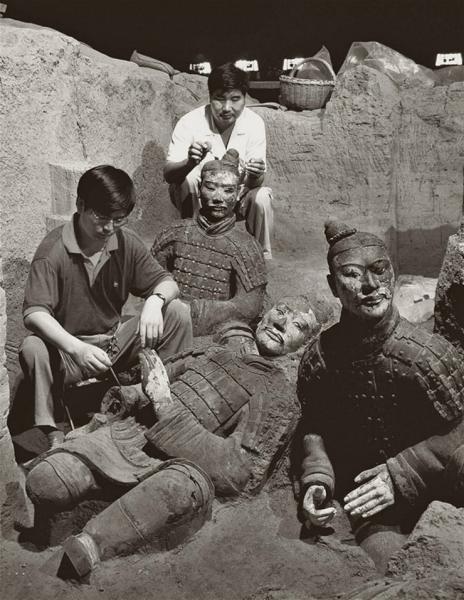
Pit 3
Pit 3 was discovered in 1980. Though small, this pit is thought to be the garrison headquarters of the Qin army. It has only one chariot, six warriors and a small amount of weapons.
The Mystery of Terracotta Warriors and Horses' Production Place
Chinese scientists have finally solved a lengthy riddle of where the 8,000 terracotta warriors were made that were unearthed in the 1970s from the tomb of Qin Shi Huang (the first emperor who unified China). After 3-year joint research project, scientists reached the conclusion that the world-renowned terracotta warriors were created close to where they were excavated.
In 1987 Xian Terra Cotta Warriors and Horses Museum was listed in the World Heritages sites.
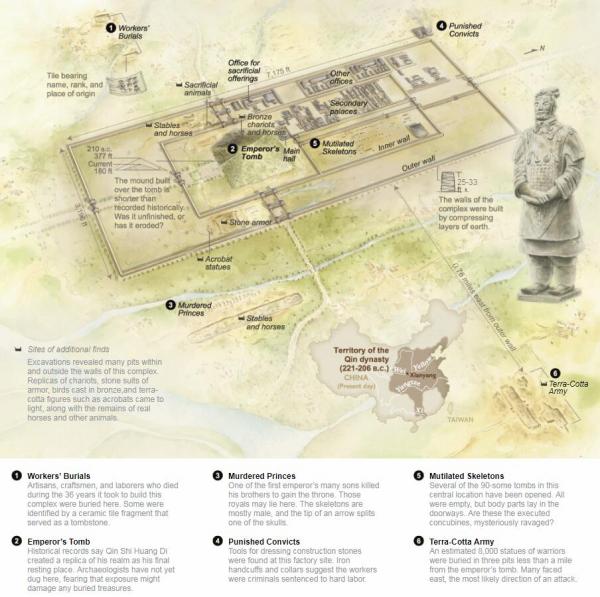
Opening Hours
The Museum of Qin Terracotta Warriors and Horses can be visit all year round.
Buying Tickets
March 16th - November 15th: 08:30-17:00
November 16th - March 15th: 08:30-16:30
Checking-in Time
March 16th - November 15th: 08:30-18:00
November 16th - March 15th: 08:30-17:30
Ticket Price
CNY 120/Person
With only one ticket, you can visit the whole museum.

How to Get Here
Get to the Terracotta Warriors and Horses Museum from Xian Airport:
Take Airport Shuttle Bus to Xian Railway Station, and then take Tourist Bus Line 5 (306), 914 or 915, and get off at the museum, which will take 2 hours in all.
Get to the Terracotta Warriors and Horses Museum from Xian North Railway Station:
Take Bus 266 (It’s in the west of the Xian Railway Station Square.), get off at the Xian Railway Station, and then change to Bus 306, 914 or 915, and finally reach the museum. It will take 2 hours in all.
Get to the Terracotta Warriors and Horses Museum from Xian Railway Station:
Take Tourist Bus Line 5 (306), 914 or 915, and then arrive at the museum. It will take 1 hour in all.

Travel Tips
1. When taking pictures, please remember not to use the flash, and it is not allow walking down to the pits.
2. The souvenir shops and the restaurants around the museum aren’t recommended, because they are usually over-priced and not the best. Some even may rip you off. A better place for souvenirs is the market in Xian.
3. Avoid to be scammed by buying the books signed by someone who claims to be one of the discoveries of the Terracotta Army. Because they’re all fake.
4. The museum is accessible to wheelchairs.
More Attractions in Xi'an
